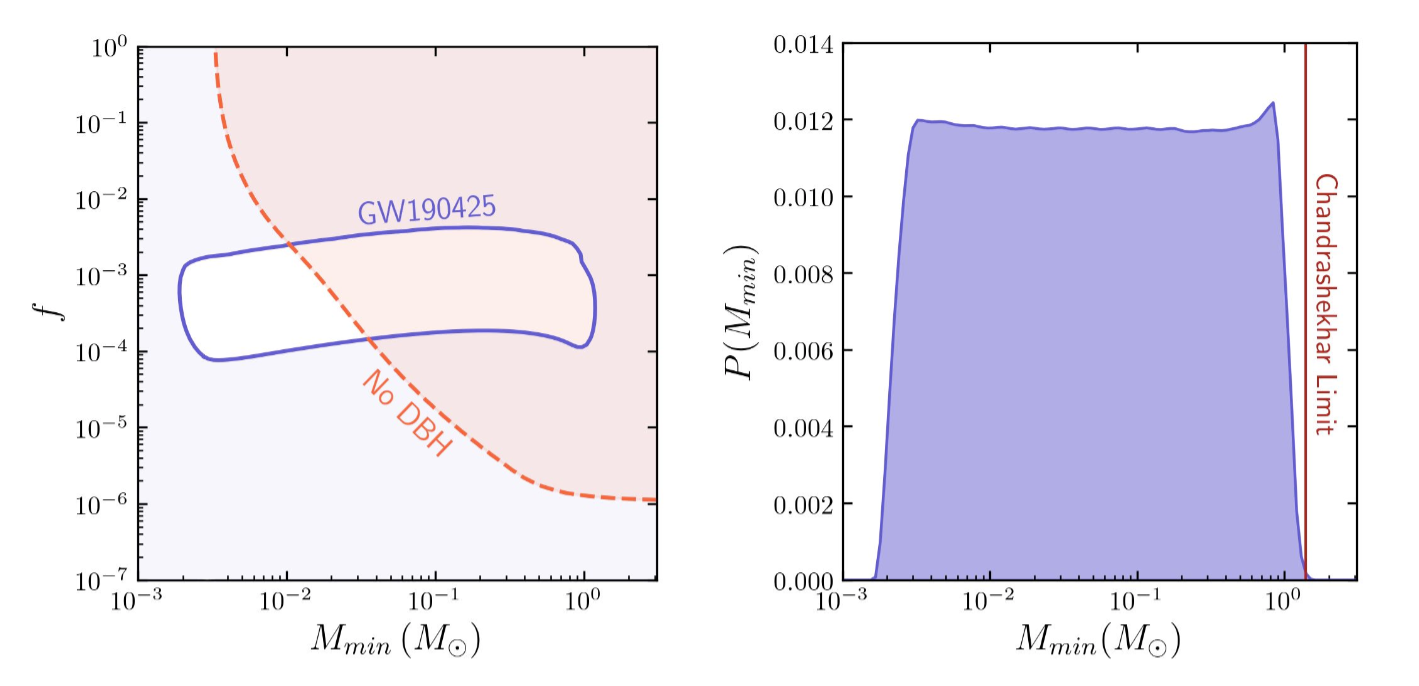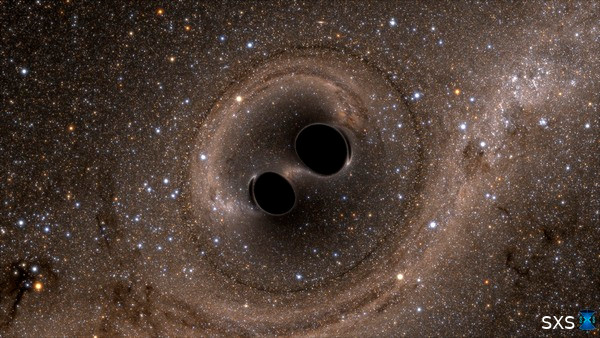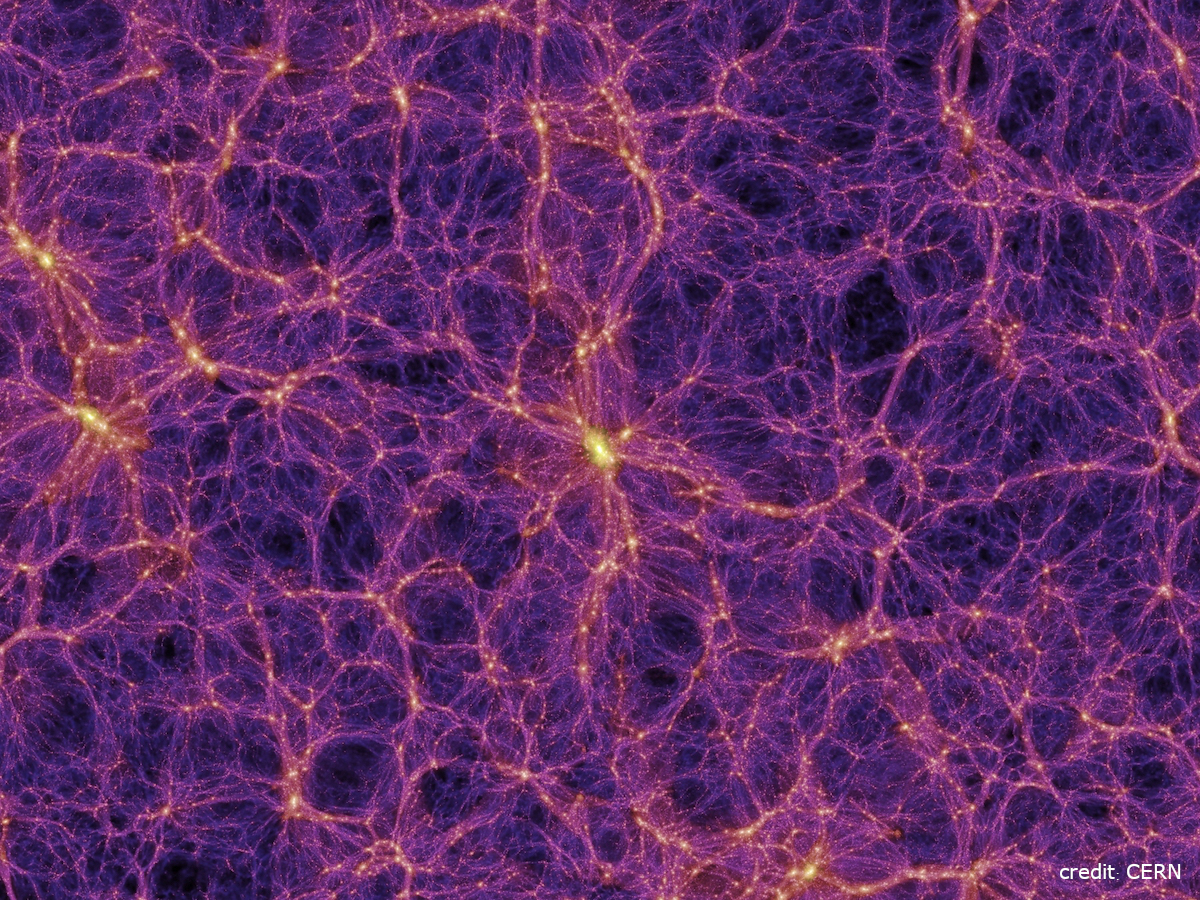
Dark Matter
Matter can be detected by its gravitational pull. Many different observations together indicate that about 84% of the gravitating matter in the universe emits no detectable photons. This is the dark matter, and the quest to understand what it is drives the work of large communities in cosmology and particle physics. Experiments like the Large Underground Xenon experiment, LUX, are designed to search for possible interactions between dark matter particles and the particles of the Standard Model. Surveys like the Rubin Observatory Legacy Survey of Space and Time, LSST, will carefully map out the distribution of dark matter, probing for signs that some particle physics interactions was at work along with gravity and affected the evolution of structure. Gravitational wave observations may also reveal something about the nature of dark matter if, for example, the population of detected black holes is inconsistent with the expected astrophysical population.
IGC members who study Dark Matter
| Name | Role | Affiliation | Phone | Office Address | Affiliated Center(s) | Research Topics(s) | ||
|---|---|---|---|---|---|---|---|---|
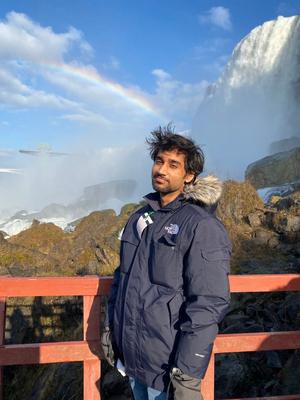 | Shomik Adhicary | Graduate Student | Physics | sva5823@psu.edu | +1 814 865 7533 | 334 Whitmore Laboratory | IGC | Gravitational Waves, Dark Matter, Multimessenger Astrophysics, Black Holes |
 | Tyler Anderson | Faculty | Physics | tba109@psu.edu | +1 814 865 2013 | 212A Osmond Laboratory | CMA | Cosmic Rays, Dark Matter, Neutrinos, Multimessenger Astrophysics |
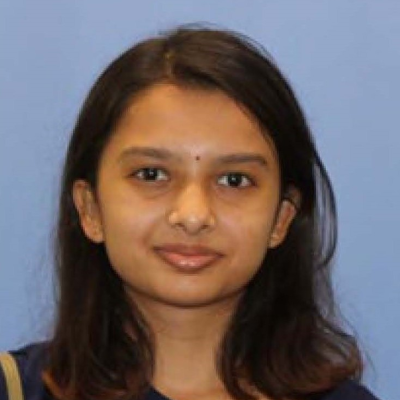 | Srinikitha Bhagvati | Graduate Student | Physics | skb6413@psu.edu | - | 108 Osmond Laboratory | CMA | Dark Matter |
| Joshua Black | Graduate Student | Physics | jib38@psu.edu | +1 814 865 7533 | 301D Whitmore Laboratory | CTOC | Dark Matter, Black Holes | |
 | John Blakely | Undergraduate Student | Astronomy, Physics | jpb6799@psu.edu | +1 814 865 0410 | Osmond Laboratory | CTOC, IGC | Black Holes, Dark Matter |
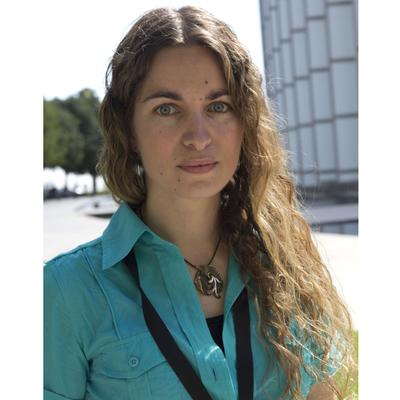 | Carmen Carmona Benitez | Faculty | Physics | mzc267@psu.edu | +1 814 865 6476 | 320D Osmond Laboratory | CMA | Dark Matter, Neutrinos |
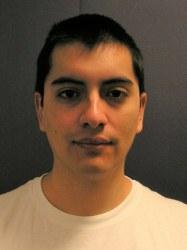 | Jose Carpio Dumler | Graduate Student | Physics | jac866@psu.edu | +1 814 865 7533 | -- NONE | CMA | Neutrinos, Multimessenger Astrophysics, Dark Matter |
 | Yen-Ting Chin | Graduate Student | Physics | ypc5402@psu.edu | 18144248968 | - Osmond Laboratory | CMA | Dark Matter |
 | Luiz de Viveiros | Faculty | Physics | lad57@psu.edu | +1 814 865 7533 | 320E Osmond Laboratory | CMA | Neutrinos, Dark Matter |
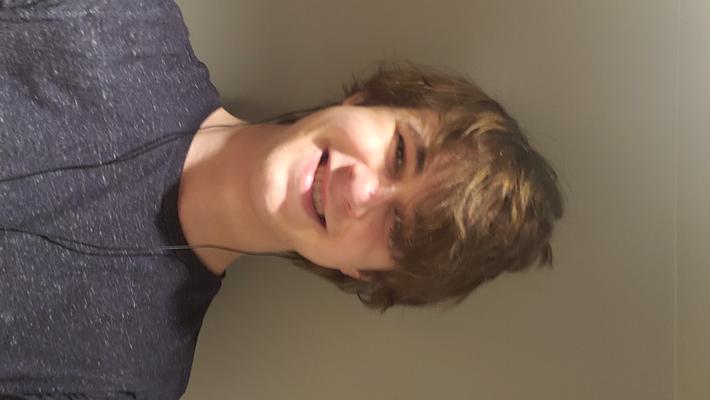 | Gus Eberlein | Undergraduate Student | Physics | goe5044@psu.edu | 7175859863 | NA NONE | IGC | Dark Matter |
 | Jeysen Flores-Velázquez | Graduate Student | Astronomy, Physics | jrf6037@psu.edu | +1 3235526297 | 118 Osmond Laboratory | IGC | Black Holes, Dark Matter |
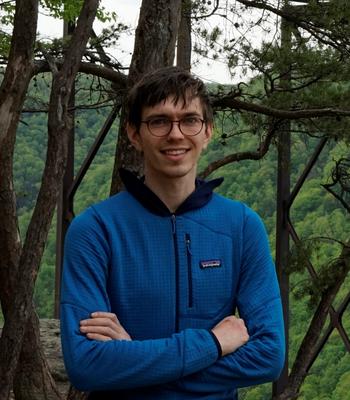 | James Gurian | Graduate Student | Astronomy | jhg5248@psu.edu | -- | 440 Davey Laboratory | IGC | Dark Matter, Black Holes, Gravitational Waves |
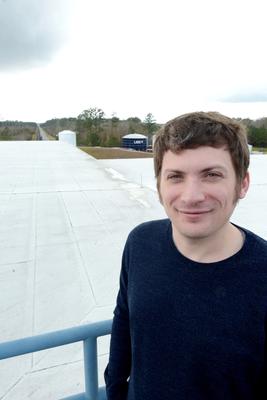 | Chad Hanna | Faculty | Astronomy, ICDS, Physics | crh184@psu.edu | +1 814 865 2924 | 303 Whitmore Laboratory | CMA | Gravitational Waves, Black Holes, Multimessenger Astrophysics, Dark Matter |
 | Ali Kheirandish | Graduate Student | Physics | abk5717@psu.edu | +1 814 865 7533 | -- Davey Laboratory | CMA | Neutrinos, Multimessenger Astrophysics, Dark Matter |
 | Daniel LaRocca | Postdoc | Astronomy | dml6156@psu.edu | +1 847 284 4998 | -- NONE | CMA | Dynamic Universe, Dark Matter |
| Jackson MacTaggart | Undergraduate Student | Astronomy | jrm6756@psu.edu | -- | -- NONE | IGC | Dark Matter | |
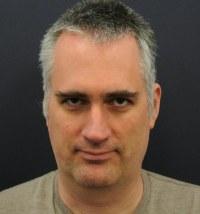 | Samuel Adam Isaac Mognet | Faculty | Physics | sam378@psu.edu | +1 814 865 6107 | 206E Osmond Laboratory | CMA | Dark Matter, Cosmic Rays |
 | Kohta Murase | Faculty | Physics, Astronomy | kum26@psu.edu | +1 814 863 9594 | 321B Osmond Laboratory | CMA | Cosmic Rays, Neutrinos, Multimessenger Astrophysics, Gravitational Waves, Dark Matter |
| Victoria Niu | Graduate Student | Physics | wmn5062@psu.edu | +1 814 865 7533 | 334 Whitmore Laboratory | IGC | Multimessenger Astrophysics, Gravitational Waves, Dark Matter, Black Holes | |
 | Shiksha Pandey | Graduate Student | Physics | spp5950@psu.edu | -- | 312 Whitmore Laboratory | IGC | Gravitational Waves, Dark Matter |
 | Michael Ryan | Graduate Student | Physics | mzr55@psu.edu | -- | 301C Whitmore Laboratory | CTOC | Dark Matter, Black Holes |
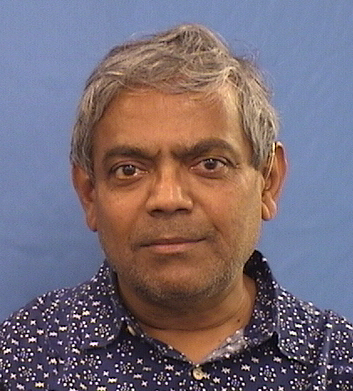 | B.S. Sathyaprakash | Faculty | Physics, Astronomy | bss25@psu.edu | -- | 312 Whitmore Laboratory | CMA, CTOC | Gravitational Waves, Dark Matter, Black Holes, Multimessenger Astrophysics |
 | Sarah Schon | Faculty | Physics | sqs7027@psu.edu | -- | 314 Whitmore Laboratory | IGC | Dark Matter |
 | Sarah Shandera | Faculty | Physics | ses47@psu.edu | +1 814 863 9595 | 303A Whitmore Laboratory | CFT | Quantum Universe, Cosmic Surveys, Black Holes, Gravitational Waves, Dark Matter |
 | Divya Singh | Graduate Student | Physics | dus960@psu.edu | -- | 301 Whitmore Laboratory | IGC | Dark Matter, Black Holes, Gravitational Waves |
 | Katherine Wild | Graduate Student | Physics | kvw5673@psu.edu | (954) 225-1854 | 108 Osmond Laboratory | IGC | Dark Matter |
 | Wei Zha | Graduate Student | Physics | wpz5141@psu.edu | +1 8474685501 | 114 Osmond Laboratory | IGC | Dark Matter |
News about Dark Matter

Dark Matter detector completes startup operations
2022-07-07
Deep below the Black Hills of South Dakota in the Sanford Underground Research Facility (SURF), an innovative and uniquely sensitive dark matter detector—the LUX-ZEPLIN (LZ) experiment—has passed a check-out phase of startup operations and delivered its first results. The LZ experiment, which is designed to observe the mysterious and as-yet-undetected phenomenon known as dark matter, is led by Lawrence Berkeley National Lab (Berkeley Lab) in conjunction with an international team of 250 scientists and engineers from over 35 institutions including Penn State.
“Dark matter is a fundamental part of the universe, but because it does not emit, absorb, or scatter light, it cannot be observed in conventional ways,” said Carmen Carmona-Benitez, assistant professor of physics and the LZ principal investigator at Penn State. “I’m thrilled to see this complex detector ready to address the long-standing mystery of what dark matter is made of. The LZ team now has in hand the most ambitious instrument to do so!”
Dark matter’s presence and gravitational pull are fundamental to our understanding of the universe. For example, the presence of dark matter, estimated to be about 85 percent of the total mass of the universe, shapes the form and movement of galaxies, and it is invoked by researchers to explain what is known about the large-scale structure and expansion of the universe.
Dark Matter particles have never actually been detected—but perhaps not for much longer. The countdown may have started with results from LZ’s first 60 “live days” of testing. These data were collected over a three-and-a-half-month span of initial operations beginning at the end of December. This was a period long enough to confirm that all aspects of the detector were functioning well.
In a paper posted online July 7 on the experiment’s website (https://lz.lbl.gov/) and the online preprint archive arXiv.org, LZ researchers report that with results from the initial run, LZ is the world’s most sensitive dark matter detector.
“We plan to collect about 20 times more data in the coming years, so we’re only getting started,” said LZ Spokesperson Hugh Lippincott of the University of California Santa Barbara. “There’s a lot of science to do and it’s very exciting!”
A variety of cosmic particles collide with the Earth on a regular basis, and LZ is designed to detect theorized dark matter particles known as weakly interacting massive particles (WIMPs). The experiment is located about a mile underground to protect it from cosmic radiation at the Earth’s surface that could drown out dark matter signals.
The heart of the LZ dark matter detector is comprised of two nested titanium tanks filled with ten tons of very pure liquid xenon. When particles collide with xenon atoms, they produce visible scintillation or flashes of light, which are recorded by two arrays of photomultiplier tubes (PMTs), explained Aaron Manalaysay from Berkeley Lab who, as LZ physics coordinator, led the collaboration’s efforts to produce these first physics results, including calibration, understanding of the detector response, and sensitivity.
“Considering we just turned it on a few months ago and during COVID restrictions, it is impressive we have such significant results already,” Manalaysay said.
The collisions will also knock electrons off xenon atoms, sending them to drift to the top of the chamber under an applied electric field where they produce another flash permitting spatial event reconstruction.
“The characteristics of the light signals help determine the types of particles interacting in the xenon, allowing us to separate backgrounds and potential dark matter events,” said Luiz de Viveiros, assistant professor of physics at Penn State, whose team is responsible for modeling and monitoring background signals in the detector.
“Lots of subsystems started to come together as we started taking data for detector commissioning, calibrations and science running. Turning on a new experiment is challenging, but we have a great LZ team that worked closely together to get us through the early stages of understanding our detector,” said David Woodward, assistant research professor of physics at Penn State and the experiment run coordinator.
The take home message from this successful startup: “We’re ready and everything’s looking good,” said Berkeley Lab Senior Physicist and past LZ Spokesperson Kevin Lesko. “It’s a complex detector with many parts to it and they are all functioning well within expectations,” he said.
The design, manufacturing, and installation phases of the LZ detector were led by Berkeley Lab project director Gil Gilchriese. The LZ operations manager, Berkeley Lab’s Simon Fiorucci, said the onsite team deserves special praise at this startup milestone, given that the detector was transported underground late in 2019, just before the onset of the COVID-19 pandemic. He said with travel severely restricted, only a few LZ scientists could make the trip to help on site. The team in South Dakota took excellent care of LZ.
“I’d like to second the praise for the team at SURF and would also like to express gratitude to the large number of people who provided remote support throughout the construction, commissioning and operations of LZ, many of whom worked full time from their home institutions making sure the experiment would be a success and continue to do so now,” said Tomasz Biesiadzinski of the SLAC National Accelerator Laboratory and the LZ detector operations manager.
“The entire SURF team congratulates the LZ Collaboration in reaching this major milestone,” said Mike Headley, executive director of SURF Lab. “The LZ team has been a wonderful partner and we’re proud to host them at SURF.”
With confirmation that LZ and its systems are operating successfully, Carmona-Benitez said, it is time for full-scale observations to begin in hopes that a dark matter particle will collide with a xenon atom in the LZ detector soon!
LZ is supported by the U.S. Department of Energy, Office of Science, Office of High Energy Physics and the National Energy Research Scientific Computing Center, a DOE Office of Science user facility. LZ is also supported by the Science & Technology Facilities Council of the United Kingdom; the Portuguese Foundation for Science and Technology; and the Institute for Basic Science, Korea. Over 35 institutions of higher education and advanced research provided support to LZ. The LZ collaboration acknowledges the assistance of the Sanford Underground Research Facility.
Click here for the full article.
Additional links:
Black Holes, Dark Matter & Quantum Gravity, what’s new in Loop Quantum Gravity
2019-06-01
Are black holes related to dark matter? Do the observations of black holes by LIGO hint at a signature of quantum gravity ? Can we find evidence of black holes from a previous universe? In 2019 second place in the Buchalter Cosmology Prize was awarded to two of the speakers you will see in this film which explores some of the above themes. We filmed this at the Loop Quantum Gravity Conference in 2019 and plan to make a follow up film exploring the latest ideas in the field. Look out for the optical illusion around 8:12–8:25. YouTube Video prepared by Monica and Phil Halper. Filmed during Loops19 conference.
